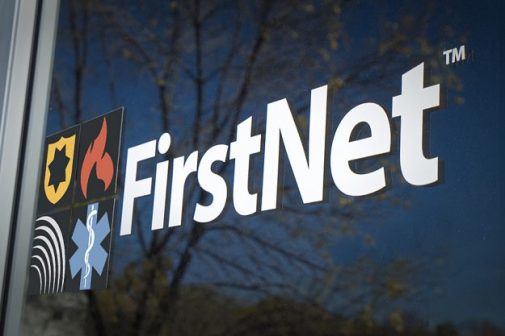Three ways unified endpoint technology boosts first responder productivity

When life hangs in the balance, every second counts. As a first responder on the front lines of an emergency or disaster, you haven’t a moment to spare. You need to be able to communicate, get and share information, call for help and collaborate in an instant. But how do you do it securely?
That’s getting both easier — and more complicated — as police officers, firefighters, medical teams and other government emergency personnel arrive on the scene equipped with mobile laptops, smartphones and other devices to assess and respond to emergency situations. As every emergency worker knows, these technology systems are far from perfect. For all its benefits, technology can often slow responders down at a time when speed is of the essence.
That’s why first responders and state and local emergency teams owe it to themselves and the public to consider ways of reducing the technology friction that can impede their efforts.
Better, faster response
Fortunately, next-generation capabilities offered by Unified Endpoint Management (UEM) solutions are enabling government responders to work faster, and helping the agencies they work for to improve productivity and cut costs.
UEM provides a secure, uniform, virtual work environment across a variety of devices and user groups, because it combines the power of enterprise mobility management, authentication, network security all in to one seamless/frictionless solution.
The “unified” in UEM enables remote, automated management of an enterprise’s computing devices, including laptops, tablets and smartphones, as well as desktop computers, no matter what the operating system.
But for emergency response and public safety personnel in particular, UEM offers additional features designed to streamline secure use, communications, information sharing and response, and save time, money, and lives.
Three reasons to adopt UEM
There are many reasons for public health and safety agencies to add UEM to their technology mix. Here are perhaps the most important:
Speed. UEM allows your responders to connect to one another, and do their jobs faster and more seamlessly — and still abide by stringent regulatory requirements.
A number of years ago, mounting laptop computers in police cars enabled law enforcement officers for the first time to conduct ID and criminal checks on the spot, using departmental databases, without tying up a dispatcher. More recently, rugged tablets provide the same capabilities and more, including access to a growing array of applications.
Government regulations around privacy and security of sensitive data, however, can require numerous logins to not only use the device but also to access each of the apps. Time and attention spent typing in passwords, authenticating user identity, and plugging in card readers all take away focus on the emergency at hand.
And what if a device breaks, or is lost or stolen? A new one often must come from your agency or IT department with requisite security software pre-installed — meaning the user must do without until it can arrive. Time, productivity, and effectiveness all suffer.
A good UEM solution, however, not only allows authentication and all-application access with one easy login, but offers “zero touch” deployment of new devices by your IT department because everything can be configured automatically and wirelessly. This means that a replacement device can be procured from a store the user doesn’t have to anything more than login via a URL. UEM will provision all the software with minimal end-user interaction and bring the device into full regulatory compliance.
Convenience. Like a big tent, a UEM solution can encompass more than one department and agency, meaning that smaller organizations that might not have a dedicated IT staff can use the resources of their county or state government.
UEM’s “single pane of glass” management console can automate access, patches, and updates so easily that adding devices is no problem. And in situations where mobile devices are shared, and data and software are stored in the cloud, remote login allows a single phone or tablet to have multiple users — and for the data for each to be compartmentalized and unique for each.
Security. A UEM platform can make using derived credentials — cryptographically generated tokens authenticating a user’s identity — simple, seamless and even elegant.
Until recently, government responders had to carry smart cards and readers into the field to plug which were often bulky, cumbersome, and not very intuitive. Now, with the emergence of NIST Special Publication 800-157, derived credentials can be used as a lower cost and much more intuitive alternative to traditional smart cards.
The leading edge
Government agencies can be slow to embrace change. “Slow and steady” might have served them well in the past, but in today’s fast-paced digital age, it does win the race.
Now, with the national rollout of FirstNet broadband service for emergency responders, the sky will soon be the limit for what public safety and emergency services can achieve. Drones, the internet of things, artificial intelligence and other technologies are poised to transform the art of emergency and disaster response.
It won’t be long before UEM will encompass them all, enabling lightning-quick, laser-precise responses to crime, natural disasters, and other crises.
Will your agency lead the pack, or straggle behind? Someone’s life may depend on your response.
James Wood is Staff Systems Engineer at VMWare and a former IT specialist at the Arizona Department of Transportation.
Eugene Liderman is Director of Public Sector in Product Management at VMWare, working with customers in navigating mobile security challenges within the federal civilian and Department of Defense markets.
This article was produced by StateScoop and sponsored by VMWare.





